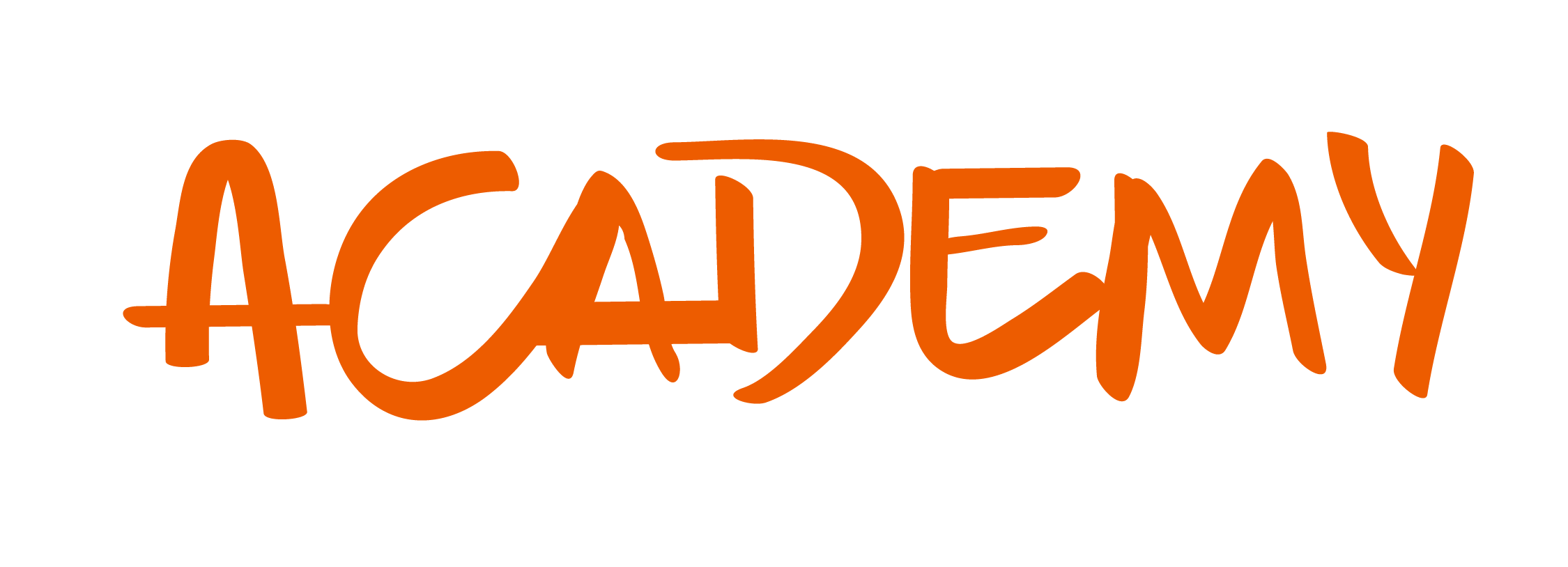In the world of consulting, transparency is an invaluable asset. From project management to client communication, openness and clarity are essential for building strong relationships and ensuring successful outcomes. In this regard, the use of management tools plays a crucial role in providing a platform that promotes transparency across all areas of a consulting operation.
Below, we’ll explore how these tools drive transparency and enhance efficiency in consulting.
Centralized Information Access
The ability to centralize all relevant information in a management tool offers an invaluable advantage in consulting. From important documents to critical project updates, having everything accessible from a single platform greatly facilitates collaboration and informed decision-making. Additionally, by avoiding information dispersion across multiple locations, the likelihood of errors and misunderstandings is reduced, contributing to greater operational efficiency.
Transparent Communication
Management tools foster transparent communication by providing integrated channels where teams can exchange information clearly and directly. By documenting all communications, an accessible record is created for all team members, promoting consistency and clarity in interactions. This transparency in communication not only enhances efficiency but also strengthens trust among team members and with clients, resulting in stronger and more successful relationships.
Project Progress Visibility
With the right management tool, both internal teams and clients can have a clear view of project progress at all times. From milestones achieved to pending tasks and established deadlines, transparency in project progress builds confidence and peace of mind for all stakeholders. This shared visibility not only helps keep everyone on the same page but also facilitates early identification of potential issues or challenges, allowing for swift and effective action to address them.
Access to Reports and Analysis
Management tools often offer integrated features for generating reports and analysis, providing detailed information on project performance and resource utilization. These transparent reports not only allow clients and internal teams to better understand the project status but also facilitate informed decision-making about the way forward. By offering a data-driven perspective, these reports and analyses help optimize project management and maximize the operational efficiency of the consultancy.
Document Management and Version Control
The ability to manage documents centrally and control versions is fundamental in any consultancy project. Management tools ensure that all team members are working with the most up-to-date and accurate information by providing a centralized repository for important documents. Additionally, version control ensures that a clear record of modifications made to documents over time is maintained, helping to avoid confusion and errors caused by outdated versions. This functionality promotes coherence and efficient collaboration throughout the project, enabling the team to easily access relevant information and make decisions based on precise and updated data.
Transparency in Resource Allocation
Equitable and transparent allocation of resources is essential to ensuring the success of any consultancy project. Management tools provide a clear view of who is working on what and how much time is being devoted to each task. This not only facilitates more efficient resource allocation but also enables a fair distribution of workload among team members. By promoting transparency in resource allocation, these tools help avoid overallocation or underallocation of resources in individual projects, contributing to the optimization of productivity and overall performance of the consultancy.
Audit Trail
Management tools in consultancies often incorporate audit trail features, meaning they record all activities performed on the platform. This log provides complete traceability of actions taken by each team member, proving invaluable in case of the need for review or audit. In addition to documenting actions, the audit trail can also help identify areas for improvement in internal processes by providing insights into how the tools are being used and how they could be optimized to increase efficiency and effectiveness.
Promotion of a Culture of Transparency
Ultimately, the use of management tools promotes a culture of transparency within the consultancy. By making transparency a central value in all operations, trust is fostered among team members, clients, and other stakeholders. This transparency is reflected not only in how projects are handled but also in how results are communicated and decisions are made. A culture of transparency strengthens both internal and external relationships, which in turn contributes to greater client satisfaction, a more solid talent retention, and ultimately, the sustainable success of the consultancy in the market.
Conclusion
Transparency in consultancies, supported by effective management tools, is not only an operational requirement but also a strategic advantage. By fostering a culture of openness and clarity in all interactions, these tools strengthen trust both internally among work teams and externally with clients and other stakeholders.
The ability to easily access up-to-date information, transparently track project progress, and make informed decisions based on concrete data drives efficiency and effectiveness at all levels of the consultancy. Ultimately, transparency not only enhances individual project outcomes but also strengthens the consultancy’s reputation and competitiveness in the market, positioning it as a reliable and trusted partner for its clients.














